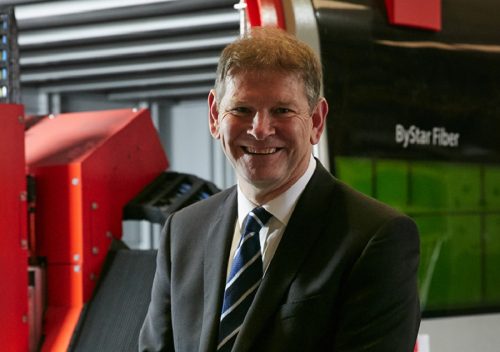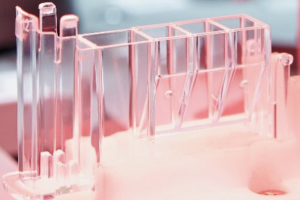SME Spotlight: Sheet metalworkers say innovation is key to growth after investing £1.4m

Charles Corner, managing director of sheet metalwork manufacturer, Malton Laser founded the business in 2000.
Since then the company has expanded into the food and drink, transport, retail and construction sectors. Malton reported growth of 26% in 2015-16 when compared to the previous year, and have forecasted a further increase in turnover of 25% over the next 12 months.
Malton said that this growth is partly down to our investment in a new laser cutting machine, which has increased its production capabilities three-fold.
Here, Corner discusses the growth of the business.
What business ‘win’ are you most proud of?
The business win I am proudest of was a partnership with In Stainless, More O’Ferrall and Clear Channel. This was one of our earliest contract wins of such significance and was a real springboard for the company. The project involved us designing and manufacturing 21 stainless steel, eight-metre-high letter Ms, which were positioned in prominent locations across Manchester to celebrate the city during the millennium year.
More than 100 tonnes of stainless steel were utilised in order to manufacture the giant letters, and our team precision cut and folded all of the components that formed each structure.
This project opened a lot of doors for us as a company back in the year 2000 and was one of the first large-scale jobs we undertook – it was a great one to be part of.
What has been the biggest challenge to the business so far?
The biggest challenge to not only our business but also the industry was the changeover from CO2 lasers to fibre lasers.
CO2 lasers, which utilise a “witches brew” of gases and lots of energy to generate a laser beam to cut various metals, previously dominated the industry from 1997 to 2014. In 2010 people were wary and distrusting of the introduction of fibre lasers. However, by 2014 they were starting to gain traction with proven results of precision and speed.
As a business we faced a difficult decision – to continue implementing our familiar and trusted laser cutting services utilising CO2 lasers, or to invest in new-to-market fibre laser cutting technology with a view to increasing efficiency and precision. Since laser cutting is the backbone of our business, it was a big risk to take.
After weighing up the pros and cons we decided to invest in a revolutionary fibre laser cutting machine in February 2014 and the risk really paid off for the company. Running costs for our fibre laser are a third of what they were for the CO2 laser, and the new equipment is also three times faster than our previous machine.
What are the biggest issues facing your business and industry this year?
With laser technology constantly advancing, our industry is increasingly becoming more competitive, this combined with the need to be as efficient as possible means that we need to keep pace in order to succeed.
To ensure we remain as one of the leaders within the metal cutting industry, we’ve invested £1.4m in the last year alone in order to remain as efficient as possible, and plan to invest a further £1m in new equipment over the next few years to ensure we’re operating as effectively as possible.
In addition to being efficient, this has to be closely balanced with environmental policies, as this becomes a growing concern for UK businesses. We’ve invested in a number of technologies in order to ensure we’re reducing carbon emissions as much as possible. These include new LED lighting and investing in a new energy efficient compressor, as well as using inverters across our welding department which use a fraction of the power; all scrap metal is also recycled where appropriate.








